
- This event has passed.
UKAPALIMIN: ETI KO ETI: RESILIENCE: Stories from the Torres Strait
3 February, 2024 - 22 April, 2024
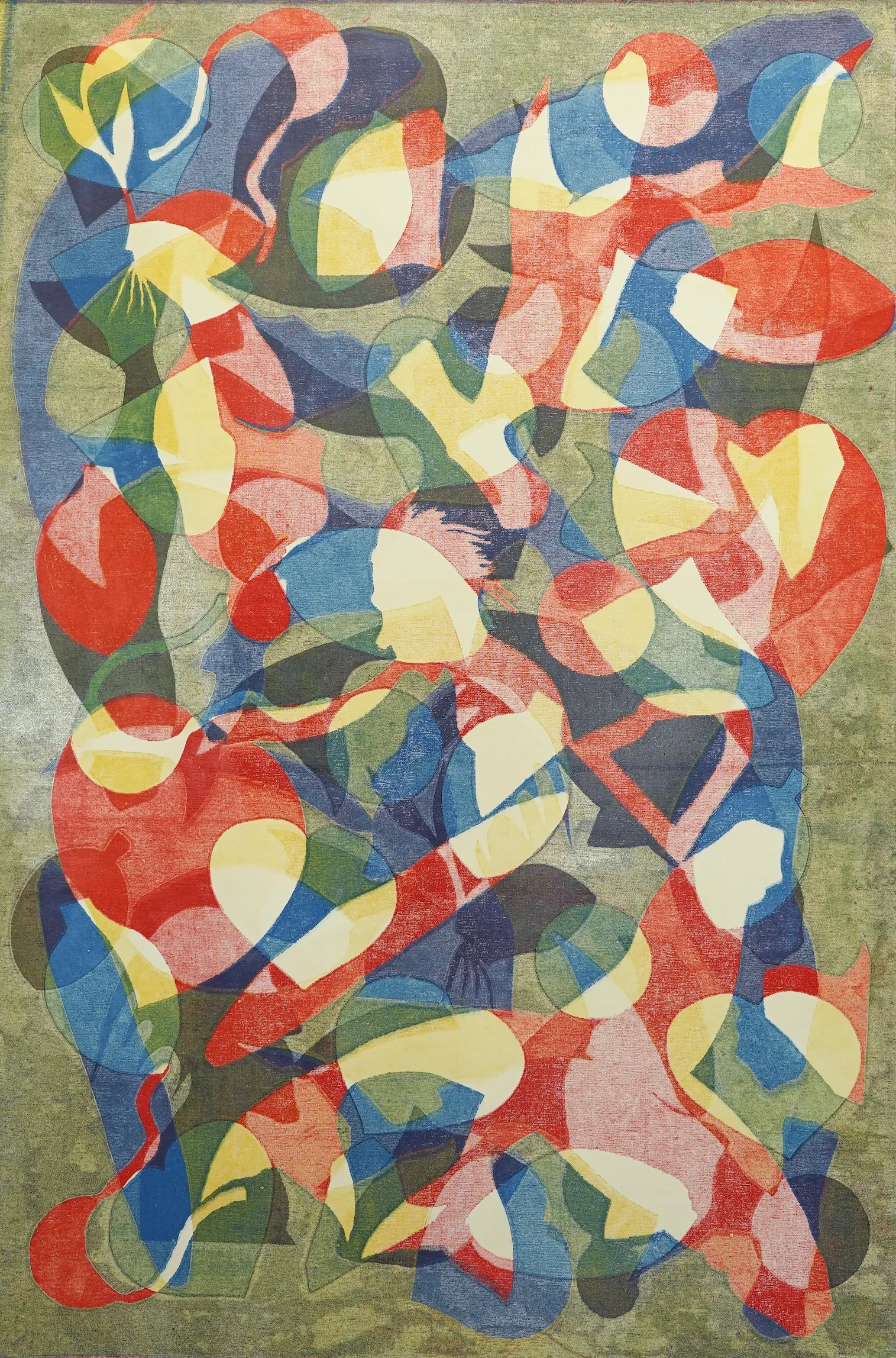
Alongside the Fralin Museum of Art, the Kluge-Ruhe Aboriginal Art Collection, the University of Virginia, and Second Street Gallery, Les Yeux du Monde is pleased to participate in Charlottesville’s 2024 Indigenous Art Takeover.
In partnership with Badu Art Centre, Erub Arts and Moa Arts, Les Yeux du Monde presents UKAPALIMIN: ETI KO ETI: RESILIENCE: Stories from the Torres Strait. The exhibition brings together the three Indigenous Art Centres from Badu Island, Erub Island and Moa Island in the Torres Strait, Australia for their first joint international exhibition.
The people of the Torres Strait, or Zenadth Kes as it is locally known, are a distinct cultural group within the Indigenous populations of Australia, with unique Melanesian languages, dialects and cultural traditions. Nestled in the sea lanes separating mainland Australia from Papua New Guinea, the Torres Strait has been an important trading route for centuries and a bridge between two cultures.
UKAPALIMIN: ETI KO ETI: RESILIENCE speaks to the personal experiences of Torres Strait Islanders expressed in three different languages: Kala Lagaw Ya from the Western Islands, Meriam Mir from the Eastern Islands, and English, the language of the colonizer.
The notion of resilience is important for the exhibiting artists of each island, whose cultural histories are marked by a determination to stay strong in the face of adversity. While societal and industry shifts including growth of pearling industry, the bêche-de-mer trade, the building of Australia’s northern rail network, and the fishing and crayfish industry have been sources of pride for the people of the Torres Strait and inspiration for the work in this exhibition, they also represent a backdrop for the fight to maintain possession of traditional lands and ways of life in the face of advancing modernity.
The works in this exhibition reflect another important aspect of Torres Strait cultural identity: a visual tradition that is constantly changing and redefining itself through an engagement with the world around it, all the while remaining true to its Melanesian origins. Printmaking, for instance, has been one of the dominant artforms in the Torres Strait for the last thirty years, originating with traditional turtle shell and wood carving practices. The transition of Torres Strait artists to lino cutting and printing on paper was a natural progression into contemporary artmaking that elevated the minaral, a Kala Lagaw Ya word meaning the individual design elements or marks, to new heights.
The lino print works from Badu Art Centre are examples of this progression. In these pieces, the artists’ hand can be seen through the styles of marks that are made, and an artist can be identified by their marks. Within this tradition, minaral represents both the individual mark and the overall pictorial space. The patterns themselves do not harbor specific interpretative meanings, but serve as versatile graphic devices, offering varied textures and suggesting elements like winds, water, rain, or clouds based on the diversity of mark-making approaches.
Recent movement into monoprinting by Moa Arts’ artists has advanced the evolution of the Torres Strait Islanders’ print tradition through the creation of vibrant, one-of-a-kind prints. This exploration has introduced innovative methods for showcasing traditional minaral elements within a color field. These works, rendered on both paper and canvas, combine a range of sophisticated printmaking practices developed by the artists over many years. Notably, this includes the pioneering use of kaideral, a technique wherein ink is directly applied onto the lino plate using a muslin or tarlatan ball, yielding a rippled effect upon transfer to the paper. Literally translated, kaideral refers to the shimmering surface of water or light dancing on its surface, and can subtly convey the presence of spiritual or natural forces.
For many years, Erub Arts’ artists have worked individually and collaboratively to create intricate ghost net weavings. Utilizing discarded fishing nets and commercial lines found drifting in their coral reefs, these artworks serve a dual purpose: drawing attention to the issue of marine waste, and honoring the historical significance of pearling and fishing industries. For this exhibition, the artists of Erub Arts present a suspended sculpture measuring approximately 7 x 12 feet. This piece references the region’s pearl diving legacy and pays tribute to the traditional lugger boats, which have been central to the area’s way of life since the early 20th century.
While Indigenous art has been increasingly recognized on a global stage over the last fifty years, the idea that art should ‘stand on its own’ is a uniquely western construct that does not always sit easily within Indigenous forms of cultural expression. For Torres Strait Islanders, visual art is an interconnected thread with their identity, along with language, song, stories, dance, and other forms of expression. To consider the visual traditions of a culture in isolation is to uncouple it from those aspects of culture that give it its strength, its value and its meaning. Yet in UKAPALIMIN: ETI KO ETI: RESILIENCE: Stories from the Torres Strait, these works will stand on their own, each piece serving as a testament to the fortitude of the people of the Torres Strait, and reflecting a strong aspect of Torres Strait culture: a visual tradition that is constantly expanding and evolving through an engagement with the cultural influences around it, while staying true to its origins.
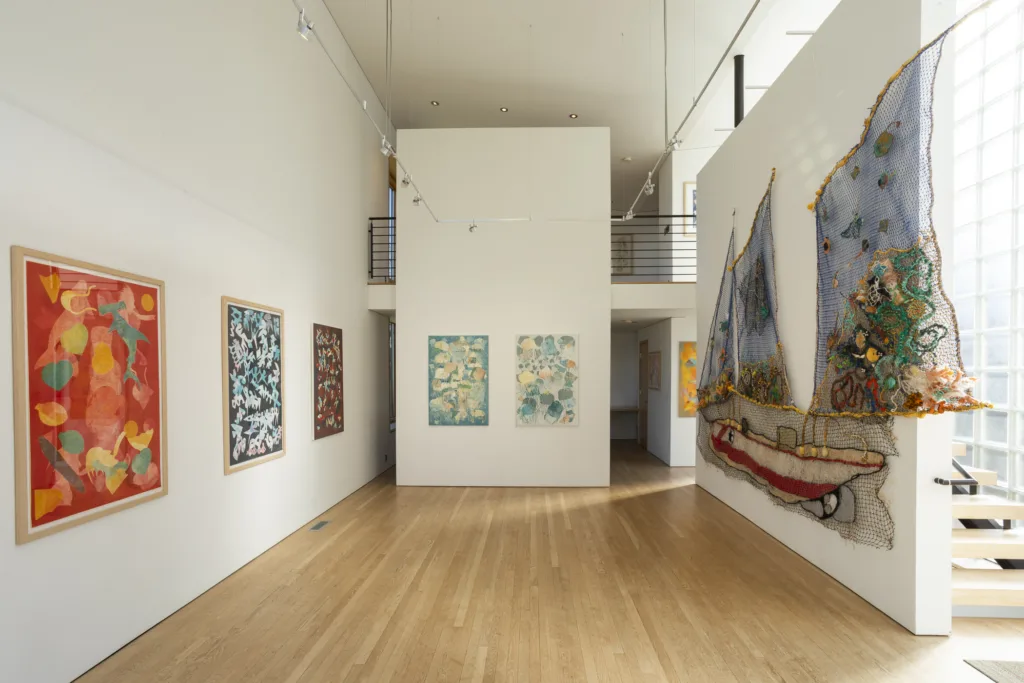
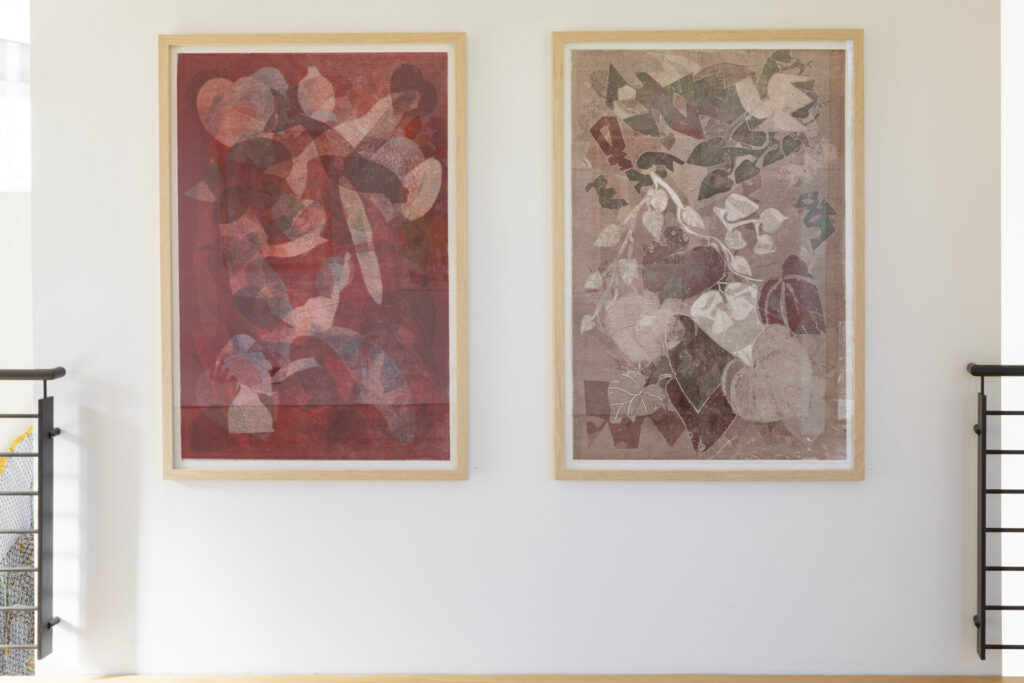
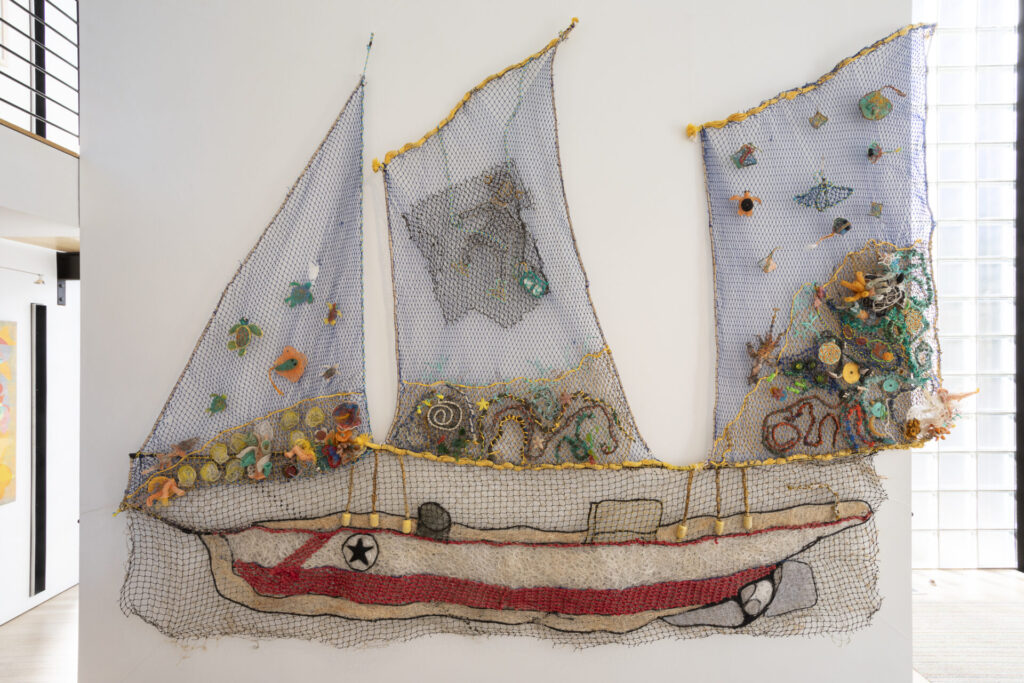
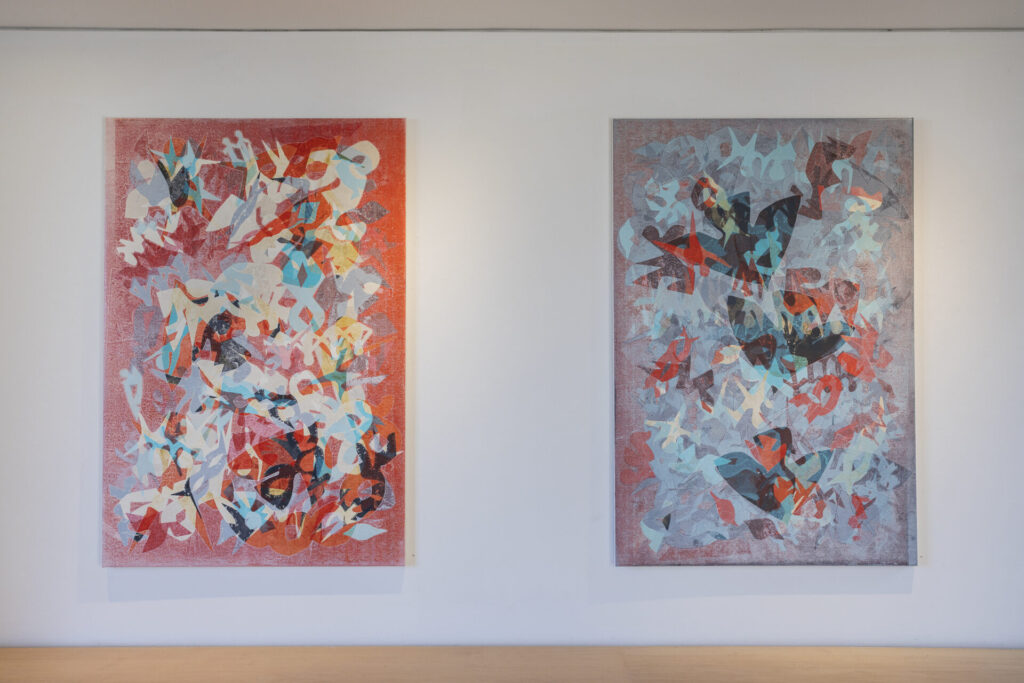
Details
- Start:
- 3 February, 2024
- End:
- 22 April, 2024
Venue
- Les Yeux Du Monde
-
841 Wolf Trap Rd
Charlottesville, VA 22911 United States + Google Map - Phone
- (434)882-2622
Organizer
- Les Yeux du Monde
